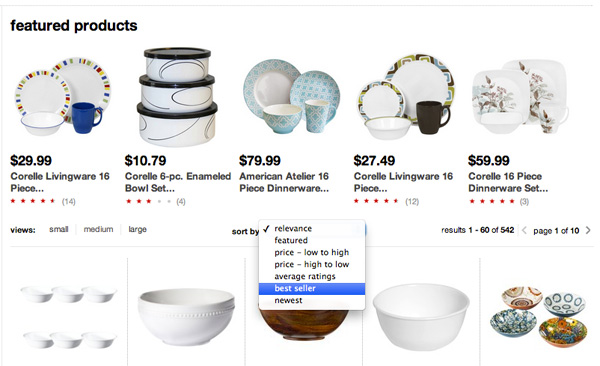A question came up at a recent local Adobe roundtable event on personalization: How can you psychologically segment customers without knowing anything else about them?
This is a topic we covered a few years ago on GetElastic, and it is worth revisiting. The tactic could be termed “persona-baiting.”
Bryan and Jeffrey Eisenberg’s Waiting for Your Cat to Bark, segments customers into four fundamental buying modalities (based on the four Keirsey temperaments):
Here’s the rundown:
Competitive Shoppers
- Enjoy being the first to own a product
- Want to digest facts and summaries without clicking through for more details
- Generally won’t dig for information
- Will more likely search vs. browse
- More likely to scan product copy (hooray for bullet points)
- May respond more to cross-sells and upsells
- May respond better to “web exclusives” and limited time offers / limited quantity
- Less likely to comparison shop
- Make a fast, logical decision
Spontaneous Shoppers
- Respond to sales, discounts, limited stock and time-limited offers
- Respond to free and / or fast shipping
- Don’t think too long before clicking
- Like to see products in context (e.g. clothes on a person)
- More likely to scan product copy
- Influenced by the quantity of reviews
- May respond more to product recommendations that “others bought”
- Make a fast, emotional decision
Methodical Shoppers
- Thoroughly research a purchase decision
- Will examine product details and side-by-side comparisons
- Will pour through pages of customer reviews, and use sort tools
- Trust expert reviews
- Will read the fine print on offers
- Make a show, logical decision
Humanistic Shoppers
- Care about others’ opinions and reviews
- Appreciate live chat
- May be more likely to forward emails to a friend, contribute reviews or share products socially
- May be more likely to use product finders and wish lists
- Make a slow, emotional decision
So what is persona-baiting?
Consider designing your landing pages, features, emails and other campaigns with “carrots” that bait different personality types. Many marketers are doing this without realizing it, showcasing “top rated” products alongside “new arrivals,” “customer favorite,” “best seller” and “price drop.”
Another approach is to tag a visitor based on how search or category pages are sorted or filtered.
Quiz: Can you determine which sort options correspond to which buying modalities?
Applying persona bait
In the Crutchfield email example above, a marketer could experiment with tagging visitors based on what feature they clicked in the email, and provide consistent approach to design and messaging throughout the site visit.
For example, a product page could label cross-sells and upsells as “Just in” for competitive, “Others bought” for spontaneous, “Top rated” for methodical and “Most popular” for humanistic (with the appropriate merchandising rules associated, if your tool can handle this).
When personalizing the site experience, a product page might have a one-liner value prop headline tailored to the modality.
Headlines in remarketing emails could be tailored to buyer modality, for example “Don’t miss out on our top rated Blu-Ray player.”
Future home page visits could be served up creative that speaks most to a modality’s motivations.
Etc.
Persona baiting tips
If you’re going to use the “persona-baiting” personalization tactic, there are a few things to keep in mind.
If baiting headlines for different featured products (e.g. Just In! or Top Rated), stick to one product category, such as Blu-Ray players, rather than an assortment of products.
If possible, tailor the landing page copy and design to fit each modality – you may put reviews front and center, the value prop may be the rock-bottom lowest price, or top selling item (the quick decision maker who wants the safest bet with minimal thought).
Consider tagging visitors to personalize that visit or purchase context only – remember, people can share computers, and different products and different buying reasons prompt different behavior. For example, one may pick the top rated or best selling perfume for their mom for Christmas, but read reviews like crazy when choosing a scent for himself or herself, or a partner. (Sophisticated systems can recognize patterns over time for a given customer).
And test!
Image credit: CC by Tim Reckmann




